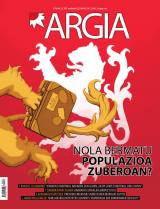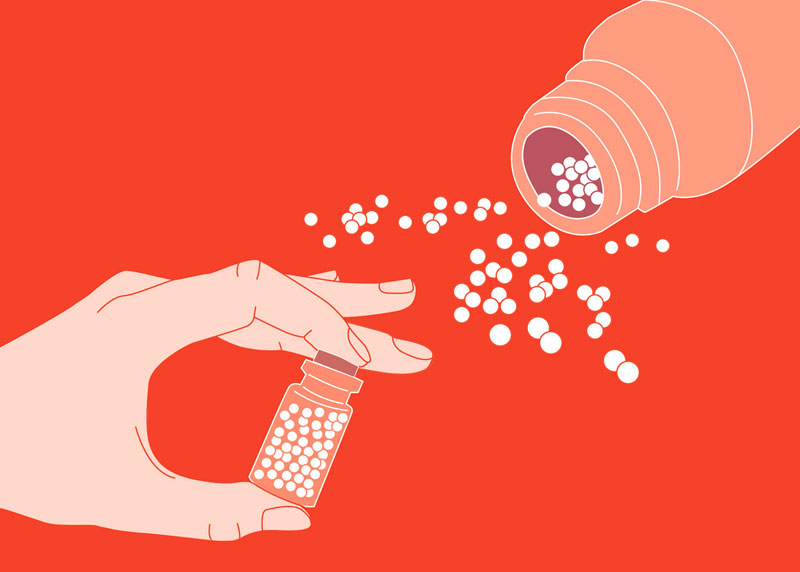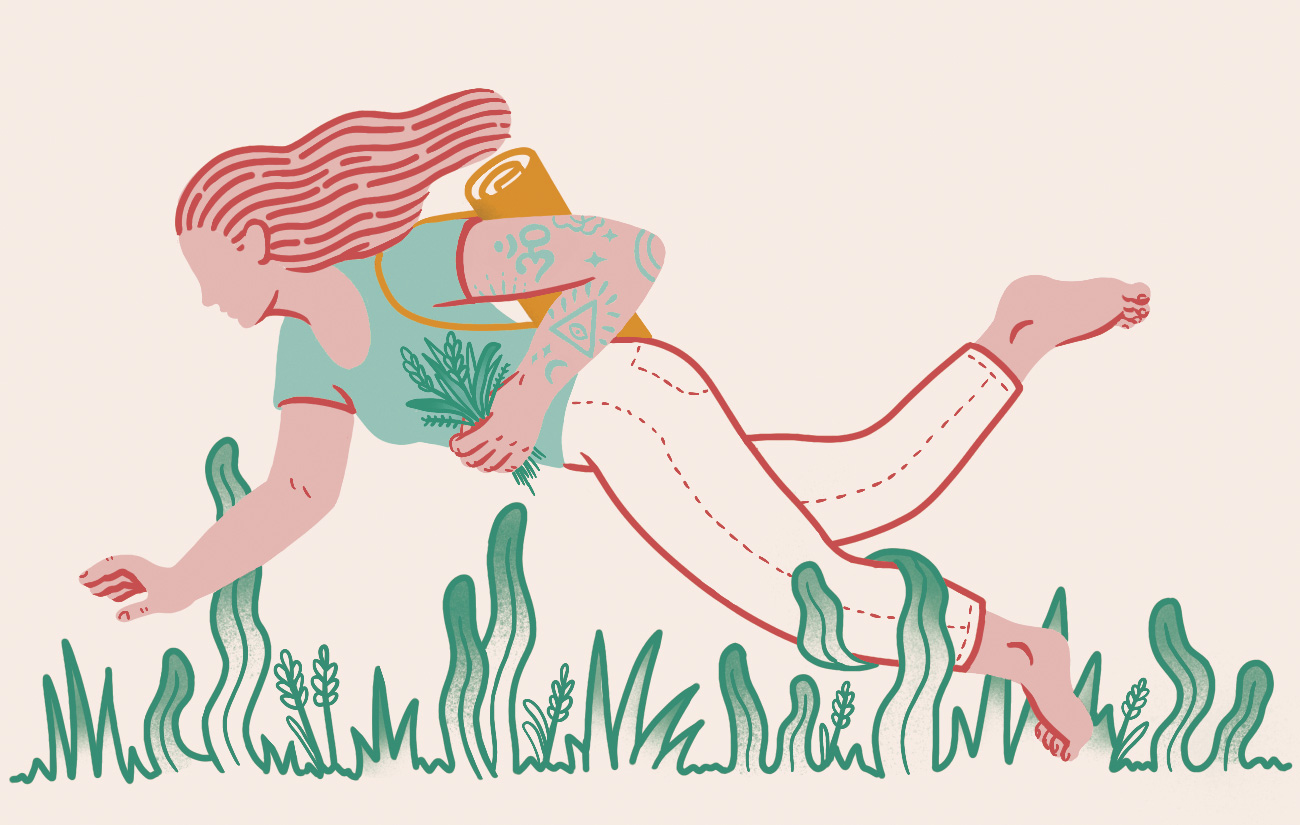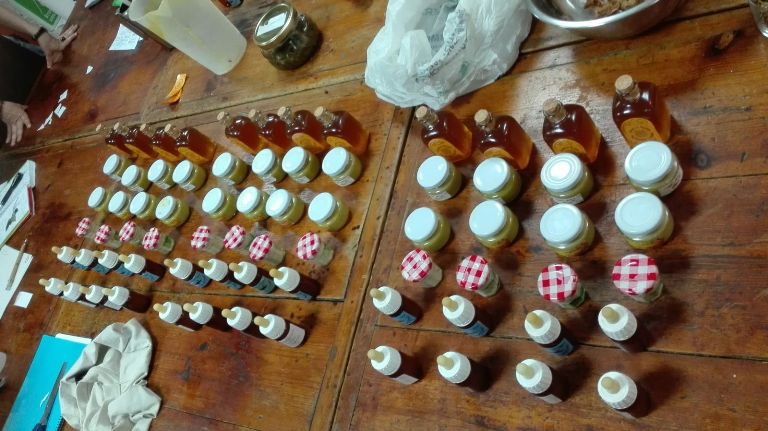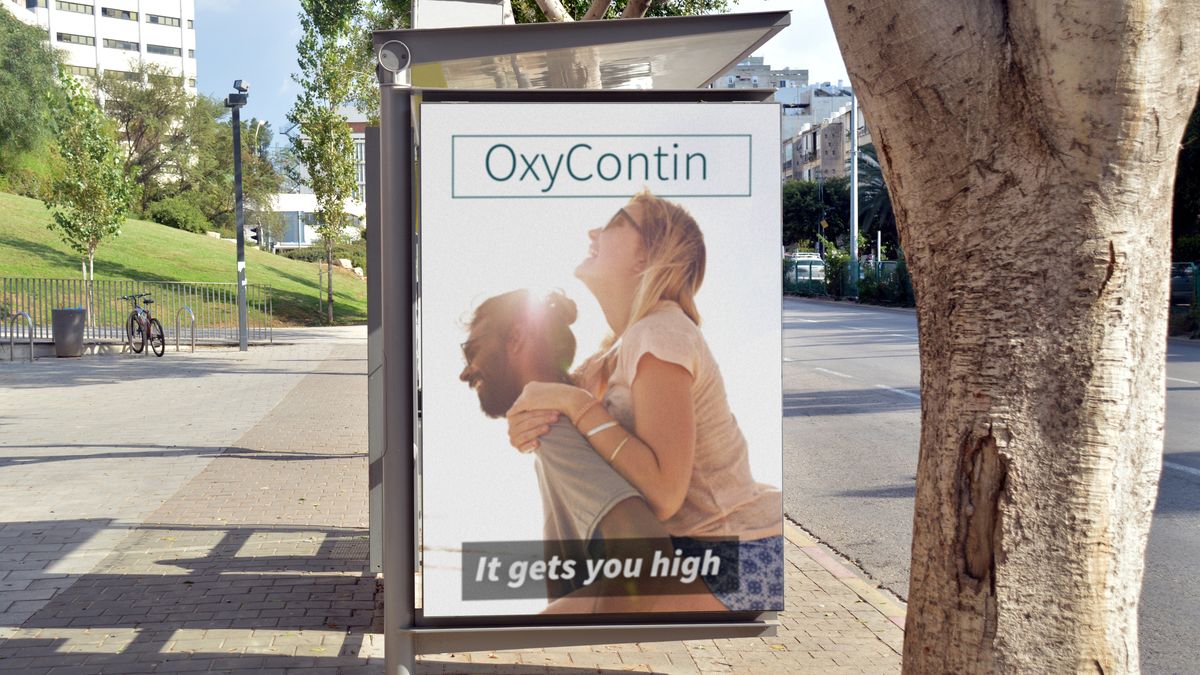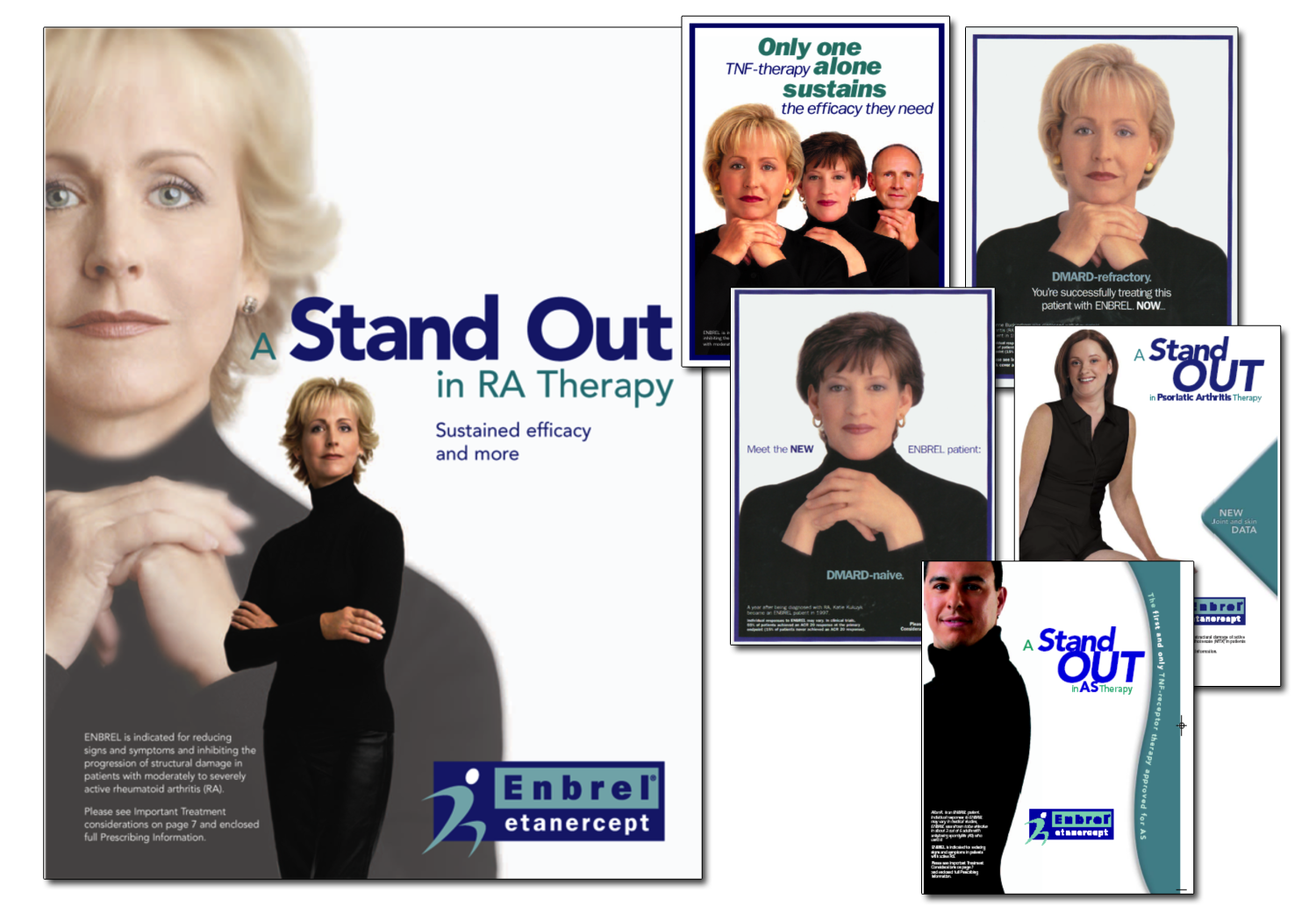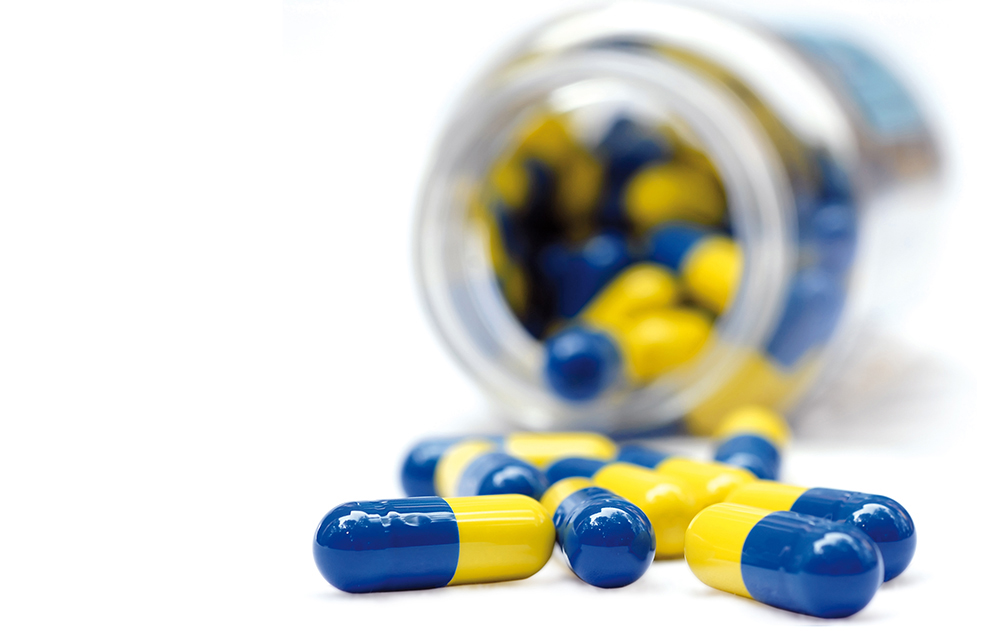The Golden Age of Medicine
- Egypt, c. 1st century To clean the skin of the face it is said that Queen Kleopatra slept with a golden mask. At the same time, in Rome, golden ointments were used to cure skin problems. Chinese doctor Tso Hung (281-361) believed it was gold dissolved in the liquid elixirs of life.
Following the idea of Tso Hung, by the hand of alchemy, the Middle Ages was the golden age of gold in medical treatments. The Persians Al-Razi and Avizena, the English Gilbertus Anglicus and Geoffrey Chaucer, the French Bernard Gordon... all prescribed gold to the patients, the richest ones, to cure their diseases.
The African Constantine wrote in the 11th century: “Gold has the property of curing defective stomachs, soothing the miedosos and alleviating heart diseases. It is confirmed that it is also effective against melancholy and baldness.”
It was also ideal for closing wounds, as Serapion Gaztea collected it in the 12th or 13th centuries: “When the wound is authenticated with gold, it does not produce blisters and heals faster and better.” They also used it to try to cure eye diseases, leprosy plagues and all sorts of things. There were also supporters of Cleopatra, who believed that gold helped maintain youth.
In the early Modern Age, gold was still a valued drug and gold pills began to be produced. But in the 18th century, skepticism about the medicinal properties of gold became widespread. In addition, they began to become aware of the side effects, gold does not dissolve easily and is difficult to absorb for the human body. It can be toxic and cause damage to the liver and kidneys.
Gold nanoparticles dissolved in a liquid are called colloidal gold. As it is easier to absorb, at the end of the 19th century colloidal gold gave fresh impetus to the precious metal as a medicine. At this time, it was mainly used to treat alcoholism and obesity. Today, attempts have been made to treat asthma, syphilis, cancer or tuberculosis with colloidal gold, but chrysotherapy, as it is called the therapeutic use of gold, is mainly used to relieve arthritis, albeit in a very limited way. In addition, it is used in cosmetic products, demonstrating that after two millennia Kleopatra is still influencer.
Sendagaien kontsumoa handitzen ari da –bai gizakiona, bai abereena– eta horrek sendagaien hondakin bolumena handitzea dakar. Sendagaien hondakinek ingurumenean duten inpaktua aztertu nahi izan du Saioa Domingoren doktore-tesiak.
For a while, girls and boys from families in social difficulties, wanting to participate as little as possible in the oppressive socio-economic system, try to settle in the world of manufacturing: they cultivated their creative capacities in the production of jewelry or... [+]
The Ekin Emakumeak association operates in Arrasate. “Our three axes are Euskera, diversity and women,” said Amagoia Muniozguren Urkiza. During the months of February and March, a workshop of herbs for women to work on self-management of health has been held.









